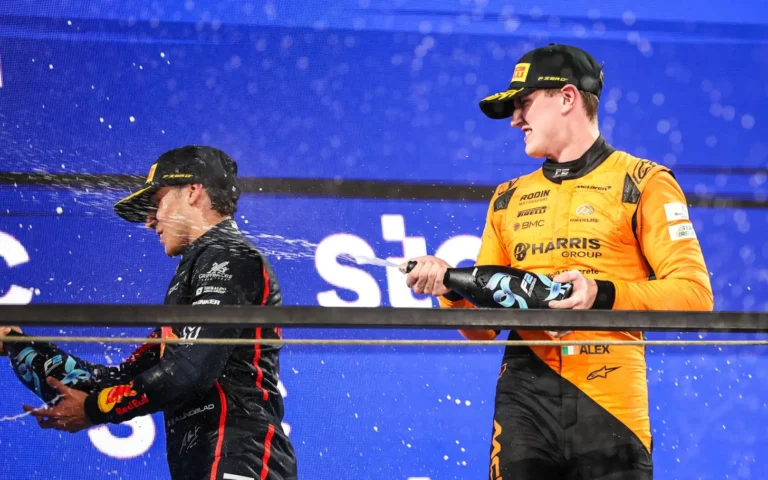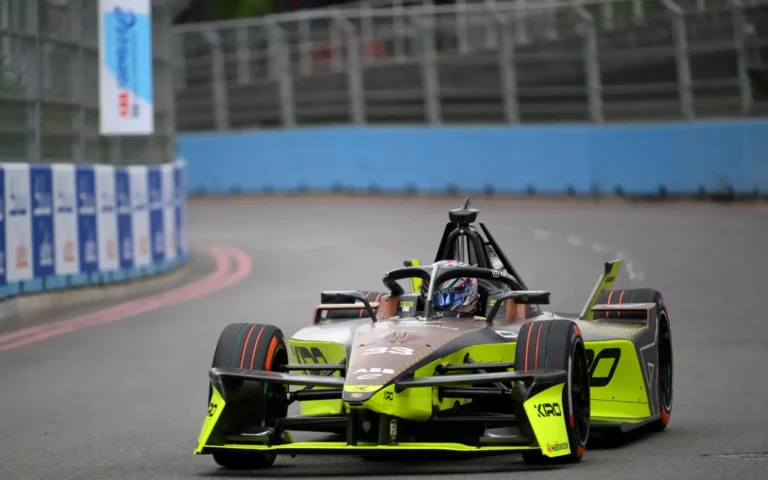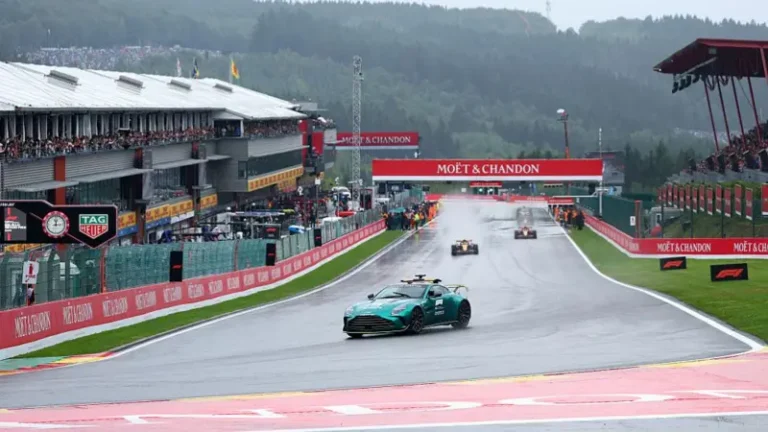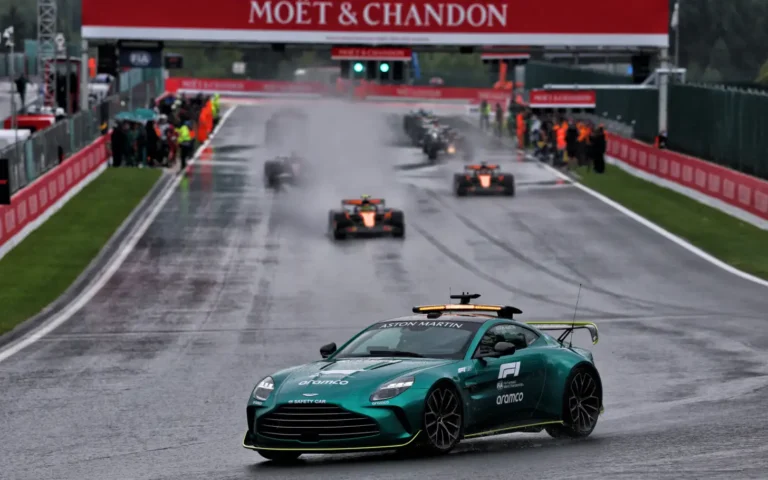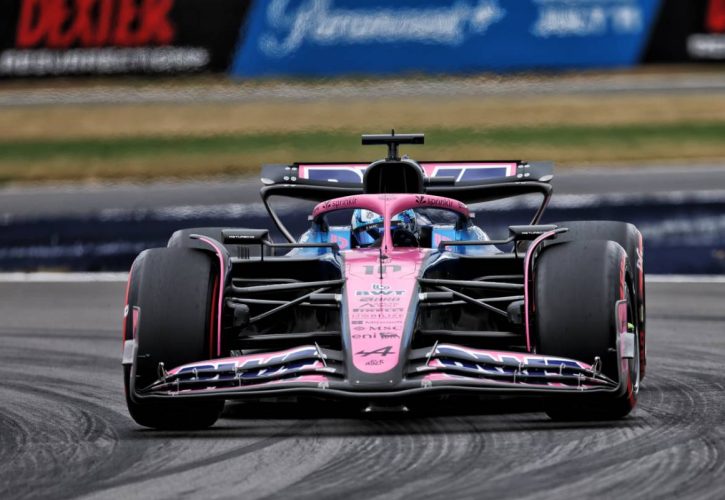
Alpine’s Technical Director, David Sanchez, has expressed satisfaction with the team’s strategic pivot toward the development of their 2026 Formula 1 car, despite the underwhelming results of their 2025 campaign. Faced with persistent technical difficulties and a reshuffled leadership structure, Alpine made a deliberate choice to abandon further updates on their current challenger. Sanchez views this early transition as a calculated effort to capitalize on the sweeping regulatory overhaul slated for 2026, which could offer a more level playing field and open new competitive avenues.
The 2025 season has been turbulent for the Enstone-based outfit, which has struggled to rise from the bottom of the constructors’ standings with a mere 19 points. While Pierre Gasly managed to score in four races — his most impressive result being a sixth-place finish at Silverstone — rookie Franco Colapinto, replacing Jack Doohan mid-season, is yet to make a mark. Nevertheless, the team believes their decision to redirect resources toward the future is already bearing fruit, especially as development on the 2026 machine gathers momentum.
Sanchez remains optimistic, noting that early simulations and design benchmarks for the 2026 car have yielded promising results. He explained that although Alpine hasn’t aggressively pursued in-season upgrades like some rivals, the team is pleased with the direction and velocity of next year’s development. The technical leadership transition — with Oliver Oakes departing and seasoned veteran Steve Nielsen assuming control — has also prompted a strategic reassessment of the team’s engineering priorities, revealing fundamental gaps in Alpine’s current concept relative to competitors.
According to Sanchez, the existing car’s limitations have been starkly highlighted by a tightening performance convergence across the grid. He acknowledged that Alpine’s current chassis magnifies certain design weaknesses under the new competitive dynamics. Specific aerodynamic compromises have been inevitable, particularly regarding downforce balance and energy recovery deficiencies. Sanchez metaphorically described downforce as “paracetamol,” suggesting its universal palliative effect on performance issues — yet lamented that balancing it has come at the cost of tire wear and energy efficiency, especially on circuits like Silverstone and Austria.
Looking ahead, Sanchez is confident that Alpine’s foresight will offer a competitive edge when the 2026 regulations reset the technical landscape. While the team continues to navigate its present challenges, there is a prevailing belief that the groundwork being laid now could yield substantial returns. With more than a year to refine the 2026 contender, Alpine is positioning itself to rise from its current slump and emerge as a stronger force in Formula 1’s next era.
